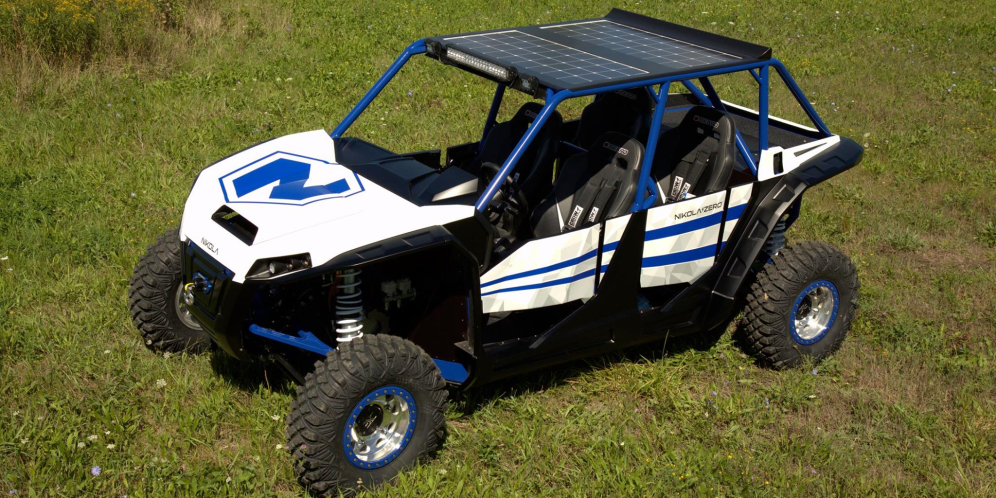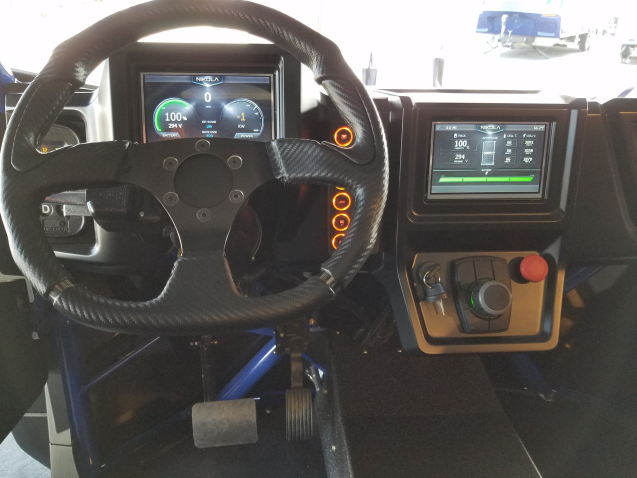Marc Cesare, Smallvehicleresource.com

The E-Z-GO RXV fleet golf car is one of models that will be offered with the lithium battery pack.
E-Z-GO has announced their EliTE series of golf cars, a lithium battery powered offering for the fleet market. The ELiTE vehicles will use Samsung’s SDI lithium technology and provide zero maintenance batteries with a five-year unlimited amp-hour warranty and increased energy efficiency. The technology will be offered in the RXV® ELiTE, Freedom® RXV ELiTE, Freedom RXV 2+2 ELiTE, TXT® ELiTE, Freedom TXT ELiTE and Freedom TXT 2+2 ELiTE. According to E-Z-GO some of the advantages of these lithium powered vehicles include:
- Zero-maintenance batteries that don’t require watering, terminal post checkups and cleaning like traditional lead acid batteries
- 59% more efficient than the Club Car Precedent and 52% more than the Yamaha Drive AC
- Reduced charging time allows for short “opportunity charging” between rounds
- Reduced energy costs
- Longer run times
- Lighter weight can reduce turf damage and soil compaction
These advantages are similar to what SVR heard from LiV Golf Cars, a start-up golf car manufacturer that tried to break into the fleet golf car market with lithium powered golf cars not to long ago. While the technology sounded promising, the company had trouble trying to muscle in on the big boys turf. However, the technology has the potential to be quite disruptive as golf car leases are typically tied to the life of the vehicle’s battery pack.
Economically it makes more sense for a golf course to changeover a fleet than just replace the battery packs. A golf course will typically turn over their fleet when the battery pack needs to be replaced, 3-4 years depending on use. Why spend $600-$1,000 per vehicle for a new battery pack when you can lease a whole new set of vehicles for not much more than your current payments? If the lithium battery packs are kept through their warranty period, 5 years, or even longer, you are potentially doubling or almost doubling the changeover time. Obviously, this has implications for fleet golf car sales volume.
How disruptive lithium golf cars will be depends on whether they perform as advertised and how much more they will cost than current fleet golf cars. If the energy cost savings are significant and the pricing not to high the payback time could be relatively short. In the long term the maintenance free aspect of the battery pack may prove to be a significant factor as well, since maintaining lead acid batteries properly continues to be a challenge. This will probably not manifest itself until the vehicles are out in the market and golf course managers better understand how much less maintenance they require.
The full press release from Textron follows:
E-Z-GO® Launches Innovative ELiTE™ Series Vehicles to Industry
Lithium-Powered Golf Fleet Vehicles Developed in Partnership with Samsung SDI
AUGUSTA, Ga. (January 26, 2017) — E-Z-GO, a Textron Specialized Vehicles business, is proud to yet again revolutionize electric golf cars with the introduction of its ELiTE Series lithium golf cars as a fleet offering. Activated by Samsung SDI lithium technology, ELiTE vehicles offer zero-maintenance batteries with a five-year unlimited amp-hour warranty and increased energy efficiency.
E-Z-GO vehicles are designed and manufactured in Augusta, Ga. by Textron Specialized Vehicles Inc., a Textron Inc. (NYSE: TXT) company.
“The E-Z-GO partnership with Samsung SDI resulted in a giant step forward for the industry when it comes to high-efficiency vehicles and zero-maintenance battery power,” said Michael R. Parkhurst, Vice President, Golf for Textron Specialized Vehicles. “ELiTE Series vehicles are the biggest advancement in golf car technology since E-Z-GO introduced the E-Z-GO RXV® golf car, with its groundbreaking AC drive and IntelliBrake™ technology.”
New ELiTE Series vehicles are powered by hundreds of Samsung SDI lithium cells that are loaded into a single battery pack. The battery pack is controlled by an advanced Battery Management System that monitors efficiency, temperature, state of charge and the health of the batteries. These batteries are used to safely and reliably power electric cars, e-scooters, power tools and many other electrically powered vehicles, equipment and appliances.
The revolutionary ELiTE Series vehicles are powered by zero-maintenance lithium batteries that don’t require watering, terminal post checkups and cleaning like traditional lead acid batteries do. This means less time in the shop for maintenance and repairs, and more play time for the vehicles.
ELiTE Series vehicles are 59 percent* more efficient than the Club Car Precedent and 52 percent* more efficient than the Yamaha Drive AC. Charging time is significantly reduced, and ELiTE vehicles allow courses to “opportunity charge,” plugging vehicles in for quick charging sessions between rounds that can rapidly restore significant levels of energy to the battery system, as opposed to the lengthy recharge cycles required by lead-acid batteries.
With less power required to charge ELiTE Series than leading lead-acid competitors, golf course managers can cut energy costs while enjoying the extra revenue that comes from all-day uptime.
The batteries in ELiTE vehicles are also lighter than traditional lead acid batteries. ELiTE Series vehicles batteries are half the size and a fraction of the weight of lead-acid batteries, reducing turf damage and soil compaction due to vehicle weight.
E-Z-GO is confident in the reliable and enduring performance that ELiTE vehicles will bring to courses, which is why the vehicles’ batteries are backed by a five-year, unlimited amp-hour warranty.
E-Z-GO ELiTE Series vehicles were tested at Tijeras Creek Golf Club, in Rancho Santa Margarita, Calif., where last year, 73,000 rounds of golf were played. The award-winning course is known for its challenging hilly, brutal terrain. Tijeras Creek Golf Club regularly rotates vehicles in the current lead-acid golf car fleet in and out of service daily to allow for ample recharge time.
“From day one, the ELiTE Series vehicles have been going around our golf course anywhere from 36 to 54 holes a day, and during that time frame, we aren’t having to recharge them,” said Rob Heslar, Director of Golf at Tijeras Creek Golf Club. “There’s a confidence factor in the ELiTE Series lithium car for me. I’m not concerned about putting my customers in an ELiTE Series golf vehicle because I know they won’t worry about becoming stranded in an uncharged vehicle.”
The exclusive ELiTE lithium technology will be available in the following 2017 models:
RXV® ELiTE, Freedom® RXV ELiTE, Freedom RXV 2+2 ELiTE, TXT® ELiTE, Freedom TXT ELiTE and Freedom TXT 2+2 ELiTE.
ELiTE Series vehicles will be on display during the PGA Merchandise Show in Orlando, Florida. Learn more about ELiTE Series vehicles, by visiting www.ezgo.com/elite.
Contact:
Brandon Haddock
Director, Communications
706. 772.5931
bhaddock@textron.com
– See more at: http://investor.textron.com/news/news-releases/press-release-details/2017/E-Z-GO-Launches-Innovative-ELiTETM-Series-Vehicles-to-Industry/default.aspx#sthash.pK3tx7Dp.dpuf
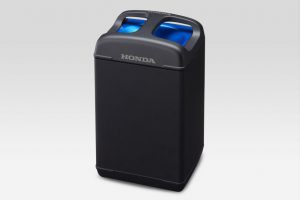
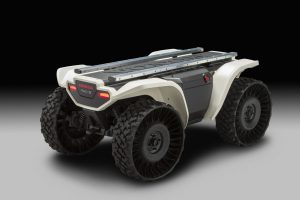

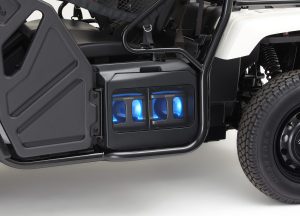






 Nikola Powersports, which had
Nikola Powersports, which had 
